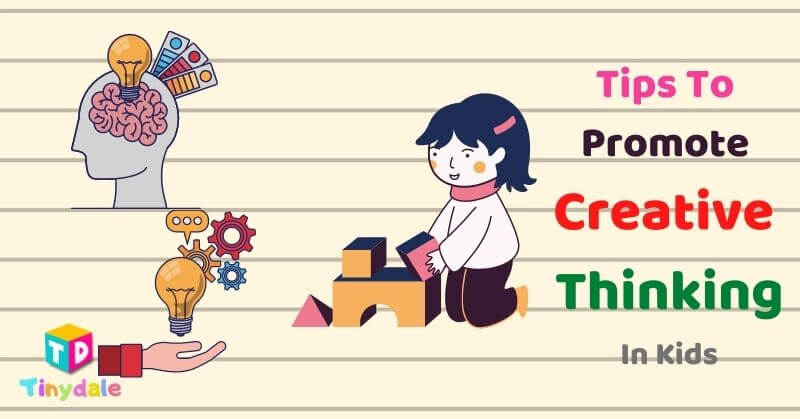Play-based learning is an approach to education that encourages children to learn through play. This type of learning allows children to explore and discover the world around them while developing their:
- problem-solving skills
- creativity
- critical thinking
- cognitive development.
It also helps children develop a positive attitude towards learning by providing opportunities for self-expression and meaningful interactions with others. By engaging in activities such as dramatic play, block building, singing games, and more, young learners can gain confidence and mastery at their own pace. Play-based learning creates a safe and supportive environment that encourages exploration and discovery.

By the way, struggling with studies is a common experience for many students. As a result, they tend to feel overwhelmed and exhausted. But there are ways to ease the burden—such as checking out education essay examples. By looking at various education essay examples to guide you, you can get an idea of how to structure your own paper. You can also gain insights into what kind of topics to explore or even get some inspiration on new ideas for your project. Besides, you can check out the formatting and grammar used in the example essays which can help you write more effectively.
The Benefits of Play-Based Learning
Play-based learning is an important part of education and development, providing numerous benefits. Through engaging activities, children learn the early language, math, social and emotional skills that will last a lifetime.
1. Develops Social and Emotional Skills
Play-based learning allows children to learn how to interact with others, fostering critical social skills such as sharing, taking turns, cooperating, and following directions. It also helps them develop emotional regulation and resilience by teaching them how to cope when things don’t go their way.
2. Play-Based Learning Encourages Creative Thinking
Play-based learning provides an environment where children can explore possibilities without the pressure of having a “right answer” or end goal. This encourages creative thinking and problem-solving skills, which are essential for success in life outside of school.
3. Enhances Language Development
Through play-based activities, children are exposed to new words related to their activities, which can help them build vocabulary. Additionally, the conversations they have with peers and adults in a play-based learning environment foster language development and communication skills.
4. Play-Based Learning Develops Early Math Skills
Through simple counting games and activities such as sorting objects based on size or shape, children can learn early math concepts such as number recognition, patterns, and quantity. This also helps them develop reasoning skills that are important for success in higher-level mathematics classes.
5. Builds Confidence
By giving children opportunities to make decisions on their own, play-based learning promotes independence and self-reliance. It also allows them to experience success through trial and error without fear of failure or criticism from others, helping them to build confidence in their own abilities.
The Best Games
Here are some of the best games to use for play-based learning.
1. The Floor is Lava
This game requires players to get from one side of a room (or designated area) to the other without touching the floor. It can be used to develop creativity, problem-solving skills, and gross motor coordination.
2. Simon Says
This classic game tests memory and listening abilities by having players follow a leader’s instructions. It can help develop social skills and strengthen communication, as well as encourage focus and concentration.
3. I Spy
This game is great for learning language and vocabulary in an interactive way. Players take turns guessing what object the other person has chosen by asking questions about its appearance or characteristics.
4. Hide and Seek
This game can help teach children about the concept of hiding, as well as develop problem-solving skills and motor coordination. It also encourages socialization and cooperative play.
5. Red Light, Green Light
This game helps practice following rules, listening carefully, and controlling bodily movements in a fun way. It can help improve concentration, reflexes, and gross motor coordination.
6. Musical Chairs
This game is a great way for children to practice their social skills and develop hand-eye coordination and gross motor abilities.
7. What Time Is It, Mr. Fox?
Perfect for helping children learn about numbers in a creative way, this game requires players to move around the space pretending to be different animals according to the time. It can help develop mathematical skills as well as socialization and teamwork.
Final Thoughts
The incorporation of play-based learning into classrooms is a powerful teaching method. It can help students develop important skills, increase their self-esteem, and improve academic performance. It allows for creativity and collaboration, as well as furthers social and emotional development.
Author’s BIO
Daniel Tanderman is an educator with over 20 years of experience. He specializes in helping students become engaged learners. Daniel fosters creativity through innovative teaching techniques. He also works to help teachers develop and grow their skills. With his expertise, students are given the opportunity to explore their creative potential and discover new ways to learn.
Follow Us: Facebook | Instagram | Twitter | Youtube | Pinterest
Tinydale is on YouTube. Click here to subscribe to the latest videos and updates.









